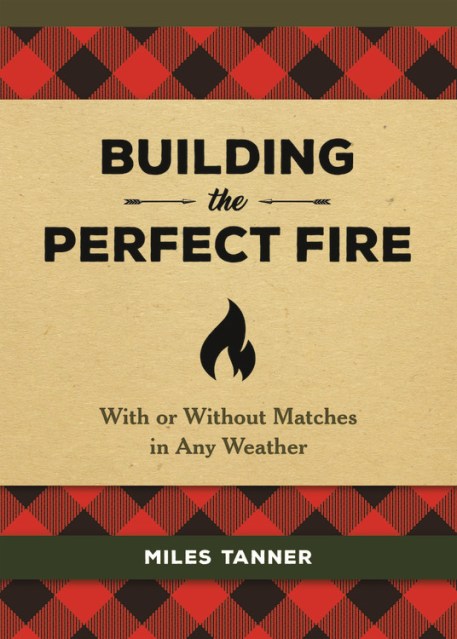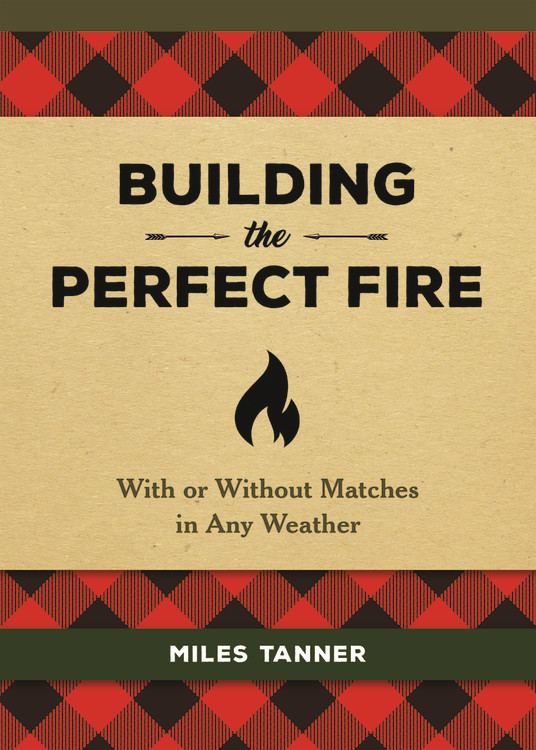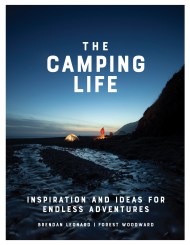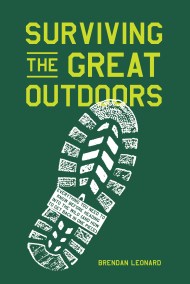Promotion
Shop now and save 20% on your back-to-school purchases & get free shipping on orders $45+ Use code: SCHOOL24
Building the Perfect Fire
With or Without Matches in Any Weather
Contributors
By Miles Tanner
Formats and Prices
Price
$16.99Price
$22.49 CADFormat
Format:
- Hardcover $16.99 $22.49 CAD
- ebook $11.99 $15.99 CAD
This item is a preorder. Your payment method will be charged immediately, and the product is expected to ship on or around May 7, 2019. This date is subject to change due to shipping delays beyond our control.
Also available from:
This go-to-guide for turning wood into heat, including starting a fire with everything from flints to forearms in any type of weather; tinders easily found in nature; identifying and gathering the best kindling and types of wood; efficient splitting and stacking configurations for different needs, such as cooking; and how to safely put out a blaze.
Not just for survival, Building the Perfect Fire will also discuss using wood to create a welcoming fire, such as the crackling from birch wood or the colorful flames from an old apple tree.
- On Sale
- May 7, 2019
- Page Count
- 128 pages
- Publisher
- Black Dog & Leventhal
- ISBN-13
- 9780762493982
Newsletter Signup
By clicking ‘Sign Up,’ I acknowledge that I have read and agree to Hachette Book Group’s Privacy Policy and Terms of Use







